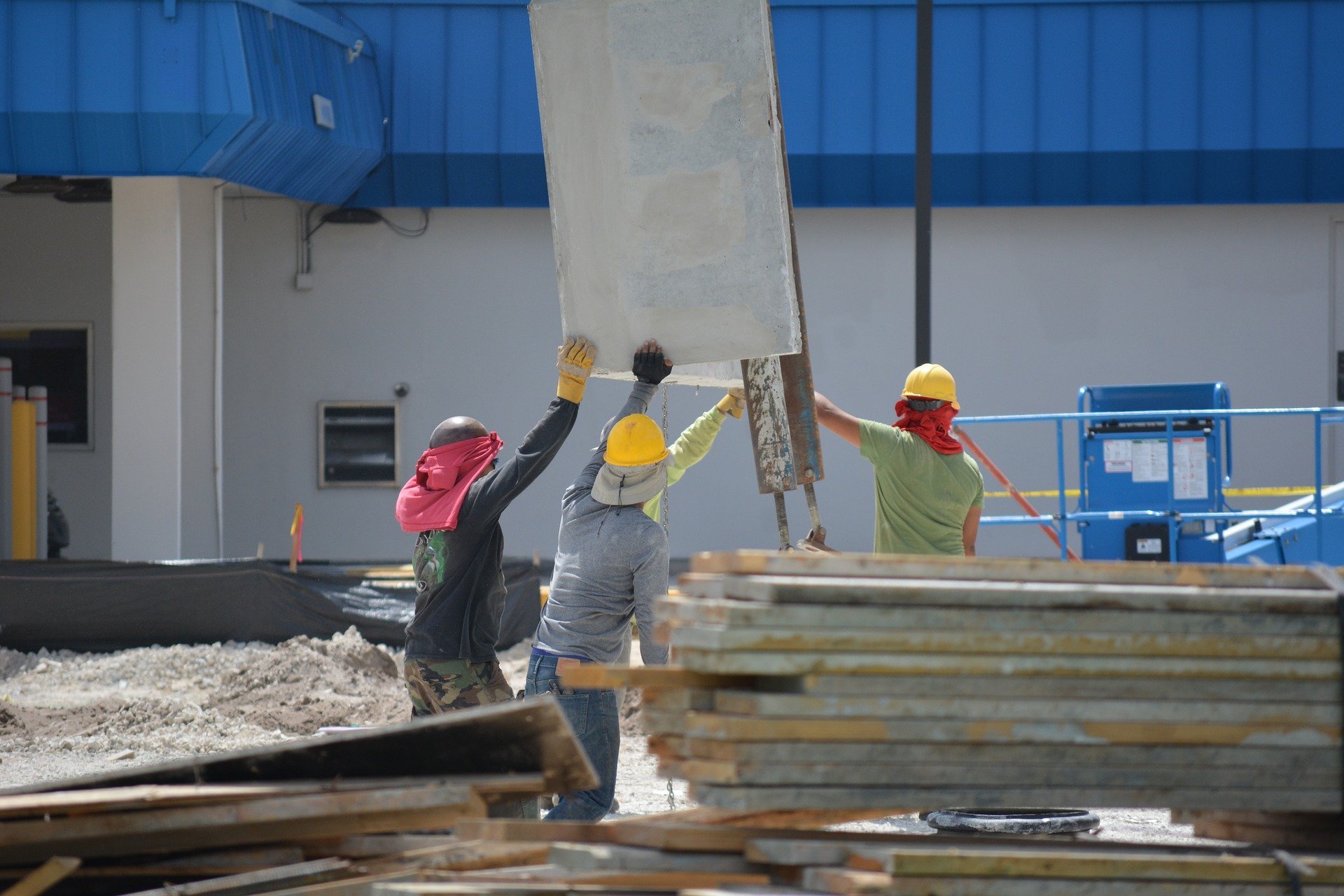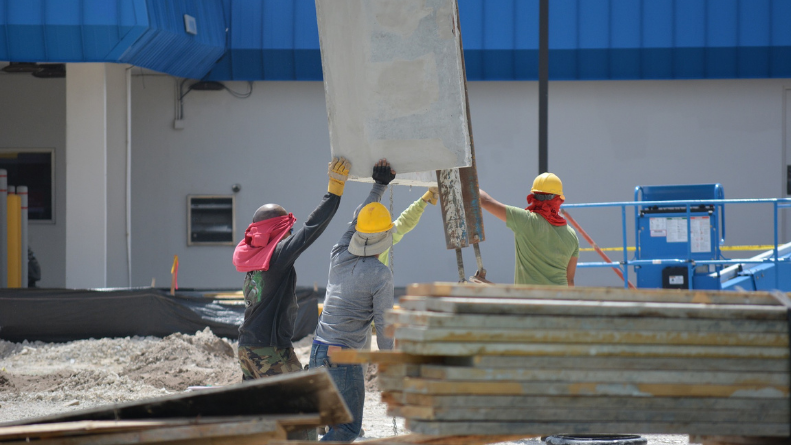Comparing Commercial and Residential Construction
You may have never given it a second thought, but what are the main differences between commercial and residential construction, if any? Well, there are some similarities, but there are also some significant differences.
The first difference to note is the name given to these projects. Constructing residential properties refers to a group of properties that appertain to housing where people live, like houses, apartments, and flats. Naturally, commercial properties require different needs and considerations as their purpose and function are very different from those of commercial properties, which are constructed as industrial facilities, shops, warehouses, and other business establishments.
In addition to this, there are numerous other differences between these two construction projects, such as the building materials that they use, permits, funding and cost, licensing, safety, equipment used, and how long the project takes to complete.
Codes and permits
All construction projects of any type, whether commercial or residential, are required to adhere to specific codes and can only proceed when the requisite permits have been issued by the relevant government department. This is necessary due to safety. The permit issuing body will need to be satisfied that the project can proceed safely, making sure that people’s lives are not in danger both during and after the construction has finished.

The codes that regulate construction projects are different for residential and commercial properties, so each construction team will have to be aware of their respective requirements. This is because the safety concerns in a residential building are different from those in a commercial building. Furthermore, industrial buildings are potentially more hazardous due to them being larger than residential ones, and this includes any heavy machinery used in them. Factories, for example, will have all sorts of machinery and other potentially hazardous materials which need special attention.
Construction materials
The building materials used in constructing residential properties are different from those used in commercial buildings. Firstly, because residential properties are usually much smaller than commercial ones, different materials are required. When building houses, for example, wood is used a lot more, whereas with commercial properties they are mainly built from concrete and steel frames which are much more expensive compared to wood. Wood is fine for houses and can last some time if it is properly treated, but concrete and steel are sturdier than wood and so commercial properties have longer lifespans.
Construction equipment
The equipment used is dependent upon what materials are used. Heavy machinery like cranes are used in large-scale commercial construction projects but not used in building houses, even very large houses. The types of contractors hired for the construction jobs will depend on the equipment used as, for example, crane operators will be used on commercial projects, while for residential properties they will often require carpenters.
The construction completion time
Due to the profit incentive and the need to sell them immediately, commercial properties are usually completed at a faster pace than residential properties are. This can be achieved because the size of the work teams on commercial projects is normally much larger compared to residential projects. World Bank statistics (2019) show that a warehouse is built in about 80.6 days, and it takes about 7 months to build a house, from start to finish (U.S. Census Bureau report, 2019).
Part of the pressure to build commercial properties faster derives from investors funding large projects, which typically require much larger investments to happen. However, large residential projects can also be completed at a faster pace, especially where large estates are being constructed and a number of the houses have been bought off plan. The same goes for apartment buildings, which will also have large construction crews working on the project.
Construction costs
As can be imagined, there is a significant disparity in costs between residential and commercial properties. Due to the more expensive construction materials involved, heavy equipment used, etc., commercial building projects can be very expensive and can cost several million more than residential projects. Governments sometimes get involved in funding residential construction projects, such as building affordable or social housing, or offering bursaries, but they seldom get involved with commercial projects, which are often left up to private investors to fund.
Licensing
There are different licensing requirements for residential and commercial construction projects. To maximise their construction opportunities and scope, most building contractors have general licences which allow them to work on both residential and commercial structures. Some only hold building contractor licenses, which means they cannot build commercial projects due to not having the required training and qualifications, and they are restricted to building up to three floors on residential properties. For constructing commercial properties, contractors are required to undergo more extensive training and certification.
Design
The reason that most commercial properties all look similar to each other is because they are not customised in design, unlike residential properties. Rather, they are all built to the same design with similar commercial properties. Architects are given more creative freedom in designing residential housing, which is a good thing given the human desire for aesthetic appreciation.
ARE YOU READY TO START INVESTING?
Subscribe to our mailing list now for exclusive deals, investment guides and the latest information from the property market.







